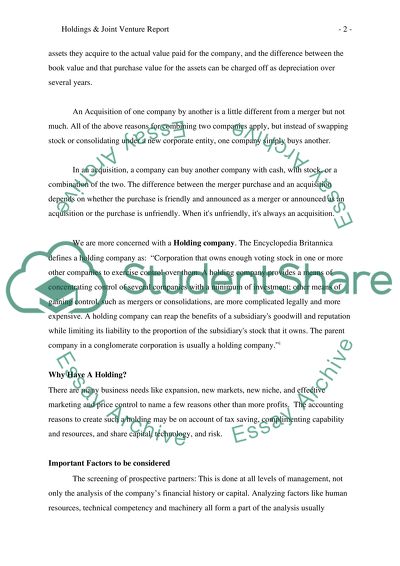Cite this document
(“Associates and Joint Ventures Essay Example | Topics and Well Written Essays - 2500 words”, n.d.)
Associates and Joint Ventures Essay Example | Topics and Well Written Essays - 2500 words. Retrieved from https://studentshare.org/miscellaneous/1510173-associates-and-joint-ventures
Associates and Joint Ventures Essay Example | Topics and Well Written Essays - 2500 words. Retrieved from https://studentshare.org/miscellaneous/1510173-associates-and-joint-ventures
(Associates and Joint Ventures Essay Example | Topics and Well Written Essays - 2500 Words)
Associates and Joint Ventures Essay Example | Topics and Well Written Essays - 2500 Words. https://studentshare.org/miscellaneous/1510173-associates-and-joint-ventures.
Associates and Joint Ventures Essay Example | Topics and Well Written Essays - 2500 Words. https://studentshare.org/miscellaneous/1510173-associates-and-joint-ventures.
“Associates and Joint Ventures Essay Example | Topics and Well Written Essays - 2500 Words”, n.d. https://studentshare.org/miscellaneous/1510173-associates-and-joint-ventures.


